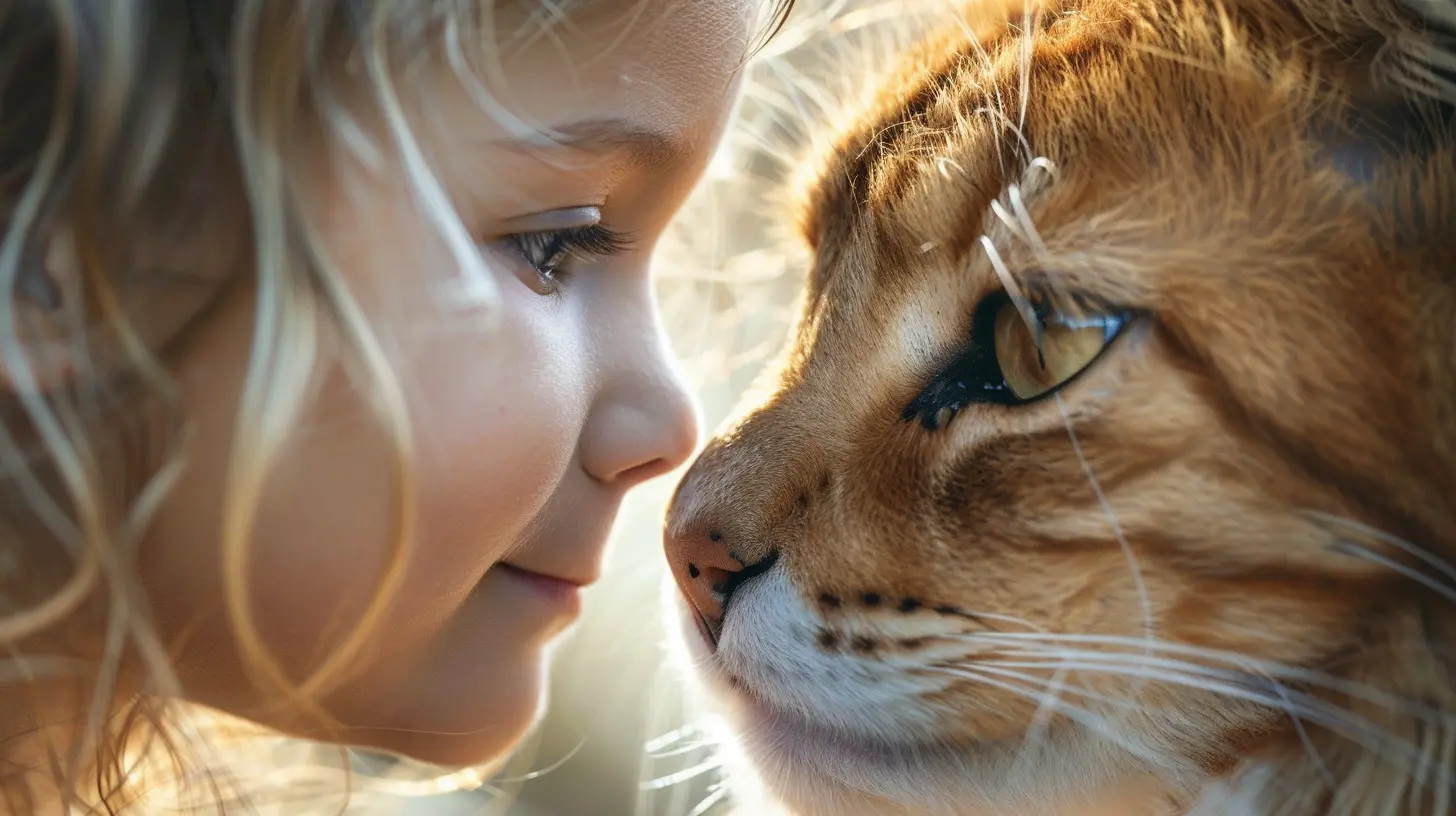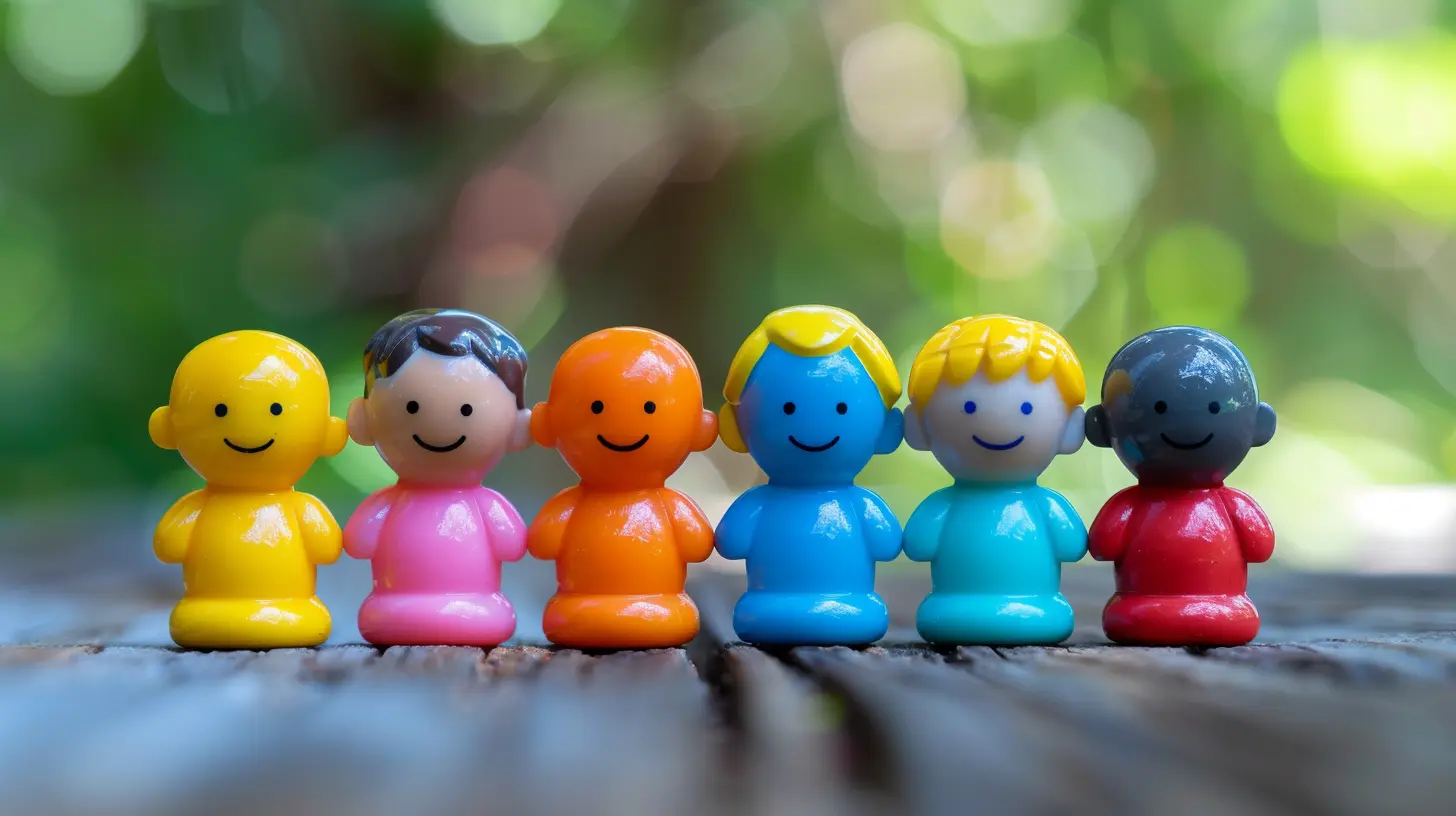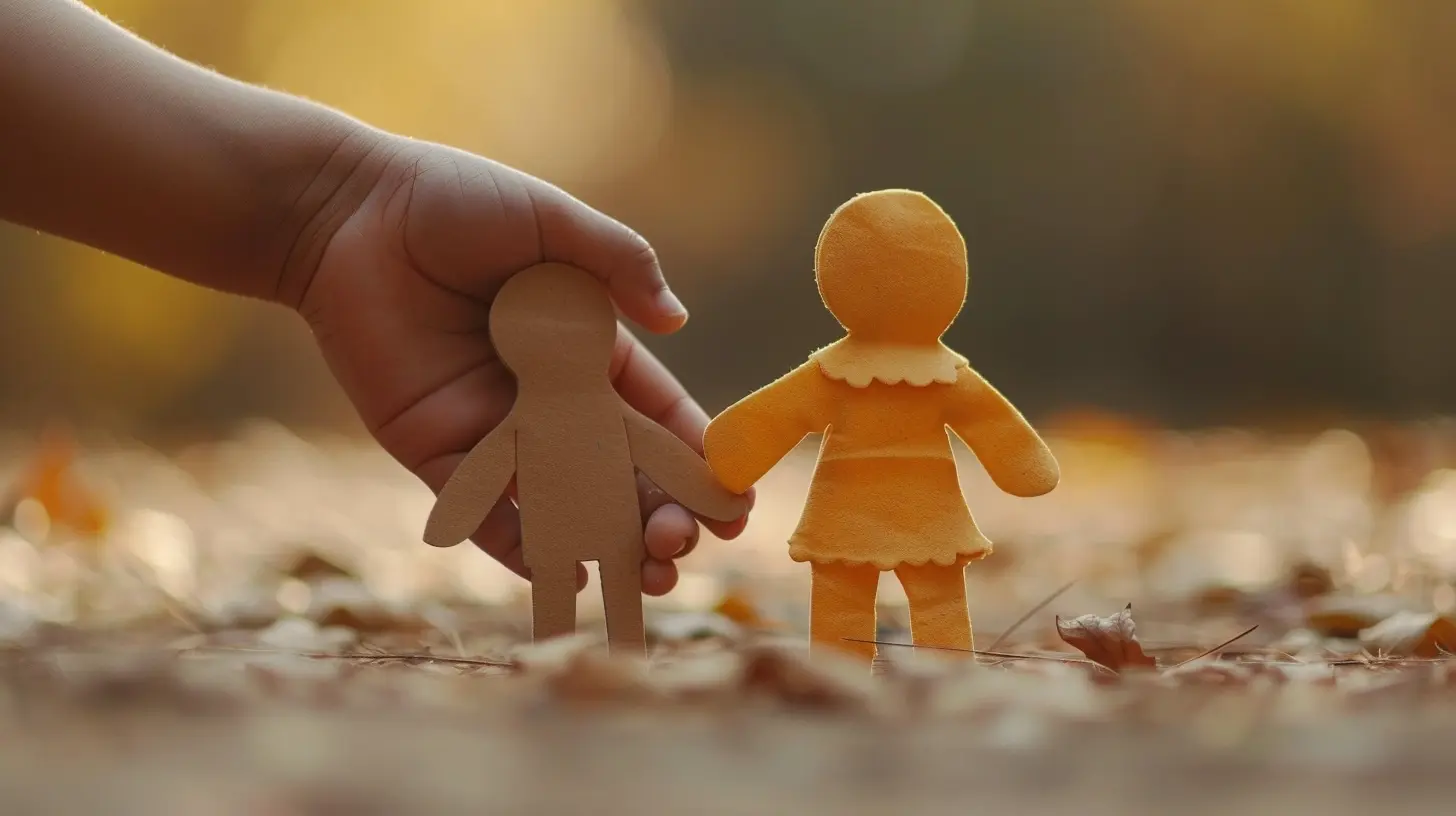Teaching Kindness and Compassion to Preschoolers
14 July 2025
Kindness and compassion—two simple yet powerful traits that can shape a child’s character and influence the world around them. But how do you teach these abstract qualities to preschoolers who are just beginning to understand emotions and social interactions?
The good news? Kids are like little sponges, soaking up everything they see and hear. The way we talk, the way we treat others, and the way we handle differences all leave a lasting imprint on them. If we intentionally guide them toward kindness, we can raise compassionate little humans who make the world a gentler place.
Let’s dive into practical, meaningful ways to teach kindness and compassion to preschoolers. 
Why Teaching Kindness Matters
Before we jump into the how, let’s talk about the why.Kindness isn’t just about being polite—it builds emotional intelligence, boosts self-esteem, and fosters strong relationships. A child who understands and practices compassion develops better social skills, experiences greater happiness, and is more likely to grow into an empathetic adult.
When we teach kids to be kind, we’re not just helping them; we’re shaping a kinder future for everyone. 
Lead by Example
Ever heard the phrase, "Monkey see, monkey do"? Preschoolers learn most effectively through observation. If they see kindness in action, they’re more likely to imitate it.- Smile at strangers.
- Hold the door open for someone.
- Speak kindly to your child and others.
- Show empathy when they are upset or frustrated.
Even simple daily interactions—like saying "thank you" or offering help—teach powerful lessons. You don’t need a formal lesson plan; just live kindness, and they’ll follow. 
Read Books About Kindness
Books are an excellent way to introduce complex emotions and social behaviors. Stories help preschoolers understand perspectives and situations they may not have experienced firsthand.Some great books for teaching kindness include:
- Be Kind by Pat Zietlow Miller
- Have You Filled a Bucket Today? by Carol McCloud
- A Sick Day for Amos McGee by Philip C. Stead
- The Kindness Quilt by Nancy Elizabeth Wallace
After reading, ask open-ended questions like, “How do you think the character felt?” or “What would you do to help?” This helps kids process the emotions and actions in the story. 
Use Pretend Play
Kids love playing pretend, and it’s a fantastic way to practice empathy and kindness.Set up role-playing scenarios like:
- Playing "doctor" to help a stuffed animal feel better.
- Pretending to be a restaurant server and treating "customers" with patience.
- Acting out a scene where a friend is sad and needs comfort.
Through play, children experiment with emotions and learn how kindness feels in different situations.
Encourage Helping Others
Even at a young age, kids can contribute in small but meaningful ways. Give them opportunities to help so they feel capable and involved.- Let them help set the table.
- Ask them to pick up toys for a younger sibling.
- Encourage them to comfort a friend who’s upset.
When children see that their actions make a difference, they feel empowered to be kind naturally.
Praise Kind Acts
Catch kindness in action and celebrate it! When you notice your child doing something nice, acknowledge it with specific praise.Instead of a generic “Good job,” try:
- "I love the way you shared your toy with your friend. That was very kind of you!"
- "It was so thoughtful of you to help your sister when she dropped her crayons."
Positive reinforcement makes kindness feel rewarding, encouraging them to repeat it.
Teach the Power of Words
Words can either build someone up or tear them down. Preschoolers are still learning how powerful their words can be, so it’s essential to guide them.- Teach them phrases like “Are you okay?” when someone is hurt.
- Encourage compliments: “You have a great smile!”
- Model using kind words even when they’re frustrated: “I don’t like that, but I’m still your friend.”
When kids understand that their words can brighten someone’s day, they’ll be more mindful of how they speak.
Introduce the Concept of Feelings
Kindness stems from understanding emotions—both our own and others’. Help preschoolers recognize feelings by labeling them in everyday situations.- “You look frustrated. Do you need help?”
- “Sophie looks sad. What can we do to cheer her up?”
Using emotion words regularly makes it easier for kids to connect their actions with how others feel.
Create a Kindness Jar
A kindness jar is a fun, visual way to track and encourage kind behavior.How it works:
- Every time your child does something kind, add a marble, pom-pom, or sticker to the jar.
- Once the jar is full, celebrate with a special treat—a fun outing, extra playtime, or a small surprise.
This shows kids that kindness is something to be valued and celebrated.
Teach Apologies and Making Amends
Even kind kids make mistakes. Teaching them how to apologize effectively is just as important as teaching them kindness.Instead of forcing a quick “sorry,” guide them through a meaningful apology:
1. Acknowledge the action: “I spilled your blocks.”
2. Show understanding: “That probably made you feel upset.”
3. Offer to fix it: “Can I help you put them back?”
This helps children learn that mistakes happen, but kindness means making things right.
Practice Gratitude
Gratitude and kindness go hand in hand. When kids appreciate what they have, they’re more likely to be generous and compassionate toward others.Simple ways to practice gratitude:
- Saying “thank you” often.
- Talking about favorite parts of the day.
- Creating a “gratitude tree” where kids can write or draw things they’re thankful for.
Fostering gratitude helps children recognize the good in their lives, which naturally leads to kindness.
Help Them See Different Perspectives
Preschoolers are naturally egocentric, but you can gently help them see things from others’ perspectives.For example:
- If they take a toy from a friend, ask, “How do you think she feels right now?”
- When watching a movie, discuss how different characters might feel and why.
The more they practice seeing situations from another person’s viewpoint, the easier empathy becomes.
Encourage Acts of Kindness Projects
Even small acts of kindness can make a big difference! Get your preschooler involved in simple kindness projects like:- Making cards for nursing home residents.
- Baking cookies for a neighbor.
- Donating old toys to children in need.
These activities show kids that their actions can spread joy beyond their immediate circle.
Be Patient—It’s a Process
Teaching kindness and compassion doesn’t happen overnight. Preschoolers are still learning how to manage emotions, express themselves, and navigate social interactions. There will be setbacks, but consistency is key.Keep modeling kindness, reinforcing positive behavior, and providing gentle corrections when needed. Over time, kindness will become second nature.
Remember: You’re not just raising a kind child—you’re helping raise a kind generation. And that’s pretty powerful.
all images in this post were generated using AI tools
Category:
Parenting PreschoolersAuthor:

Max Shaffer
Discussion
rate this article
2 comments
Charlotte Bishop
Children learn kindness through example. By modeling empathy and compassion in our daily interactions, we can nurture their ability to connect with others and foster a caring world.
November 13, 2025 at 4:32 PM

Max Shaffer
Absolutely! Leading by example is crucial. When we demonstrate empathy and compassion, we instill those values in children, helping them grow into caring individuals. Thank you for highlighting this important aspect!
Zorion Fletcher
This article beautifully emphasizes the importance of modeling kindness for preschoolers. However, incorporating real-life scenarios and encouraging empathy through storytelling could further enhance their understanding and application of compassion.
July 29, 2025 at 2:40 PM

Max Shaffer
Thank you for your thoughtful suggestion! Incorporating real-life scenarios and storytelling is a fantastic way to deepen children's understanding of kindness and empathy. I appreciate your input!


